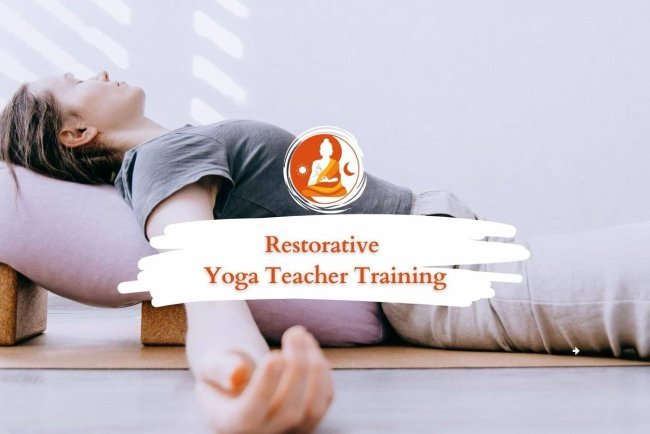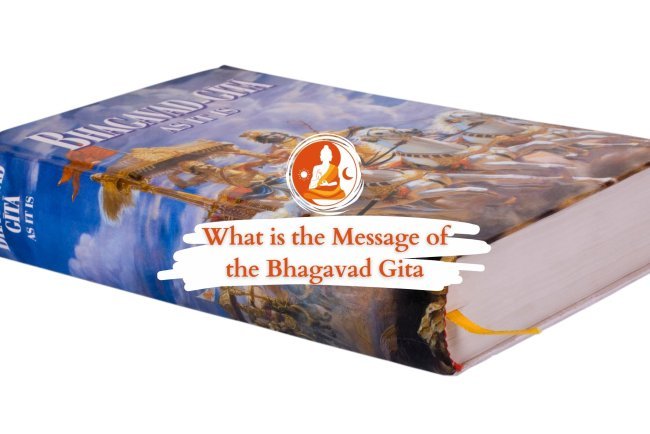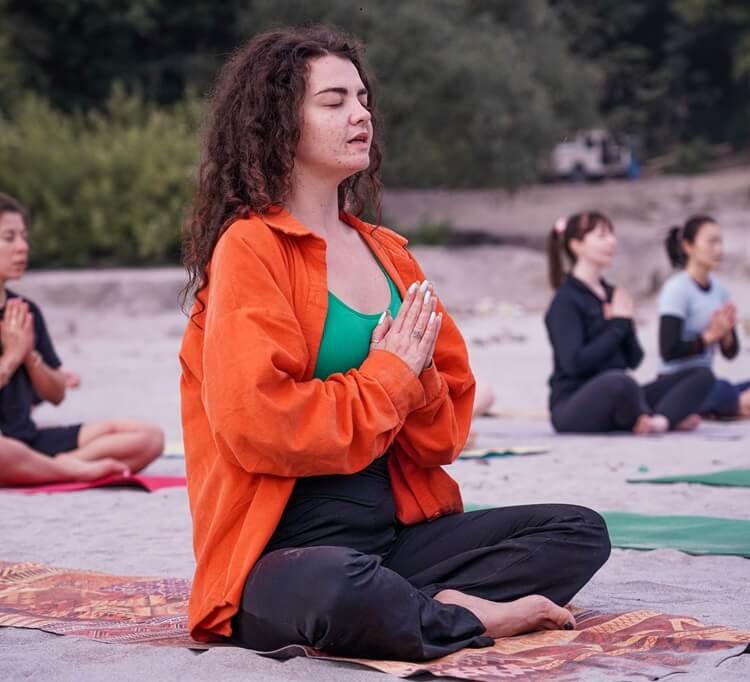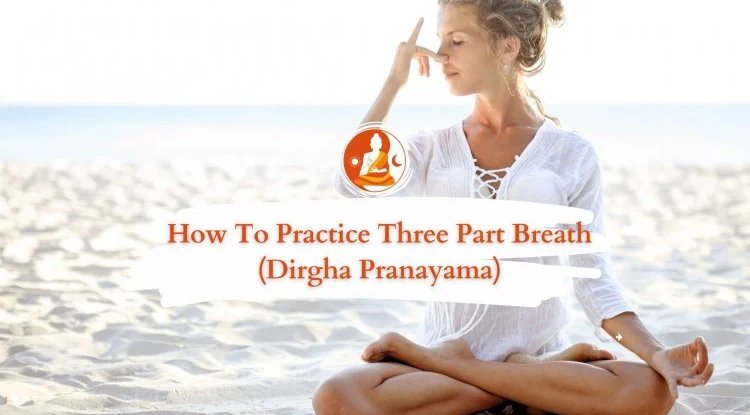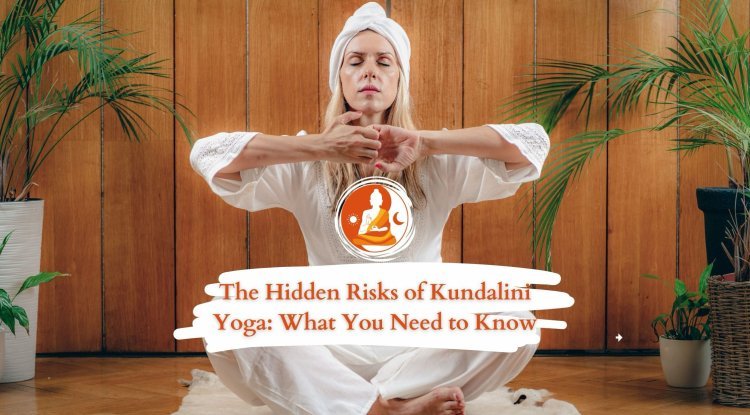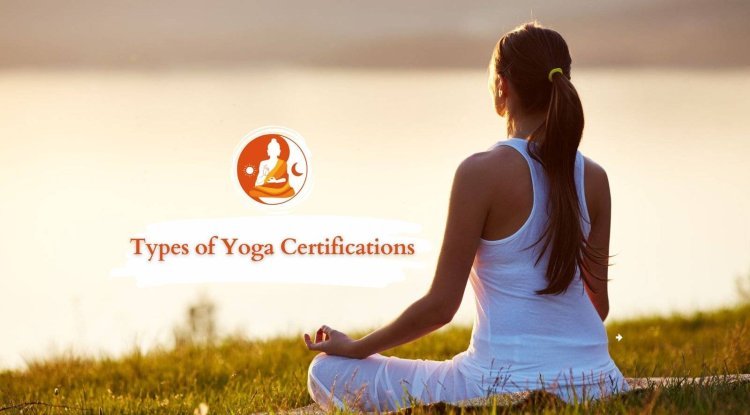Vajrasana Yoga: The Diamond Pose for Wellness

Vajrasana yoga, also known as the Diamond Pose, is a very simple yet powerful yoga posture, which has huge importance in the world of health and wellness. Vajrasana is one of the foundational seated positions in yoga, derived from the Sanskrit words "vajra," meaning thunderbolt or diamond, and "asana," meaning posture. It is not only beginner-friendly but also boasts many physical and mental health benefits.
Unlike many other yoga poses that are more about flexibility and strength, vajrasana has stillness and alignment as its main focus. Thus, it is a very accessible practice for yogis of all levels. It is especially famous as a practice to improve digestion and enhance the mindfulness of the individual. Here, we will discuss vajrasana procedure, its health benefits, and its potential contraindications. By the end, you’ll understand why vajrasana is considered a cornerstone of yoga practice and how it can transform your well-being.
The simplicity of vajrasana belies its profound effects on the body and mind. Whether you are looking to improve your digestion, reduce stress, or enhance your meditation practice, this pose offers a holistic approach to well-being. Regular practice not only boosts physical health but also nurtures mental clarity, making it a must-try for anyone interested in yoga's transformative potential.
What is the Vajrasana Position?
It is described as sitting in a kneeling pose on the floor with your knees, ankles, and toes meeting, and then keeping your back erect. Your palms rest lightly upon your thighs; your eyes also remain forward. This simple-looking stance has deep ramifications on the physical and mental realm, forming a base for meditation and practices of pranayama.
How to Perform Vajrasana?
To learn the diamond pose position, follow these guidelines:
- Find an advisable resting space. A clean, calm area without distractions.
- Sit on your heels. The knees should face forward, and the big toes should touch.
- Shoulders should be relaxed. And the back straight.
- Hands on your thighs. Palm downwards.
- Close your eyes and focus on your breath. Take slow, even breaths.
- Hold the Pose. Retain this pose for 5-10 minutes, gradually increasing the time with practice.
Read Also: Solar Plexus Chakra Affirmations
Health Benefits of Vajrasana
The following are the benefits experienced from Vajrasana:
Vajrasana for digestion
One of the excellent digestion benefits of vajrasana is its ability to stimulate abdominal organs. Sitting in this posture after meals increases blood flow to the stomach and aids better digestion.
Improves Posture
Vajrasana position maintains an appropriate posture to avoid the issues of back pains and makes people more mindful and aware of the body in all situations.
Enhances Blood Flow
The legs fold, and by sitting on the heels, vajrasana diamond pose helps promote blood circulation down the lower limbs to help get rid of swelling and varicose veins.
Enhances Mental Wellness
It helps calm the mind and is an excellent pose for meditation and stress relief. It is a grounding pose that stabilizes the mind.
Strengthening the Pelvic Region
This yoga pose strengthens the pelvic muscles, especially helpful to women in their pregnancy period or post-delivery recovery.
Vajrasana benefits After a Meal
The unique aspect of the diamond pose is that it can be performed immediately after eating. Unlike other poses, vajrasana promotes digestion and reduces bloating when practiced post-meal, making it ideal for those with digestive concerns.
Related Post: What is Paschimottanasana Yoga?
Vajrasana Procedure Benefits and Contraindications
The benefits of vajrasana are numerous:
- Relieves constipation and improves digestion.
- Reduces menstrual discomfort in women.
- Enhances focus and concentration through mindfulness.
- Alleviates lower back pain.
Contraindications of Vajrasana
While the benefits of vajrasana are numerous, there are some contraindications to consider:
- Knee Pain or Injury: Avoid vajrasana if you have severe knee issues or are recovering from knee surgery.
- Ankle Problems: Those with ankle pain or stiffness should modify the pose or consult a yoga expert.
- Sciatica: People with sciatica should practice vajrasana cautiously, as it may aggravate the condition.
Also Read: Kemetic Yoga Poses
How to follow the Procedure of Vajrasana Effectively?
Practice on a yoga mat or soft surface to get the maximum benefits of vajrasana. Practice while focusing on breathing and avoiding strain on the knees. Beginners can use a cushion under their hips for added comfort.
Disadvantages of Vajrasana
Although diamond pose is very rewarding, it's not for everyone. Sitting for a long period may cause numbness or pain in the legs, especially in the case of newbies. The important thing is to listen to your body and be in your comfort zone.
When to Do Vajrasana?
Vajrasana can be practiced at any time, but it is most beneficial after meals to improve digestion. It is also a good pose for morning meditation or evening relaxation.
Wind Up
The diamond pose is an extremely versatile and accessible posture, offering a huge variety of health benefits, from enhancing digestion to mental rejuvenation. Once added to your daily routine, the vajrasana yoga pose benefits can be experienced through a holistic transformation in your physical and mental health. Start practicing vajrasana today and unlock the potential of this simple yet powerful yoga pose. Ready to start your journey with vajrasana? Get your yoga mat and experience the diamond pose for yourself.
Questions & Answers
It improves digestion, enhances posture, boosts circulation, and promotes mental calmness.
Yes, it is one of the few yoga poses vajrasana that can be performed after meals to aid digestion.
Avoid vajrasana if you have injuries in the knee, ankle pains, or sciatica.
A beginner can start with 1-2 minutes and go up to 10-15 minutes.
Though it is safe in general, individuals with specific medical conditions should take the opinion of a yoga guru before practicing.
Sitting for a longer time may lead to numbness or discomfort in the legs for beginners.
What's Your Reaction?








